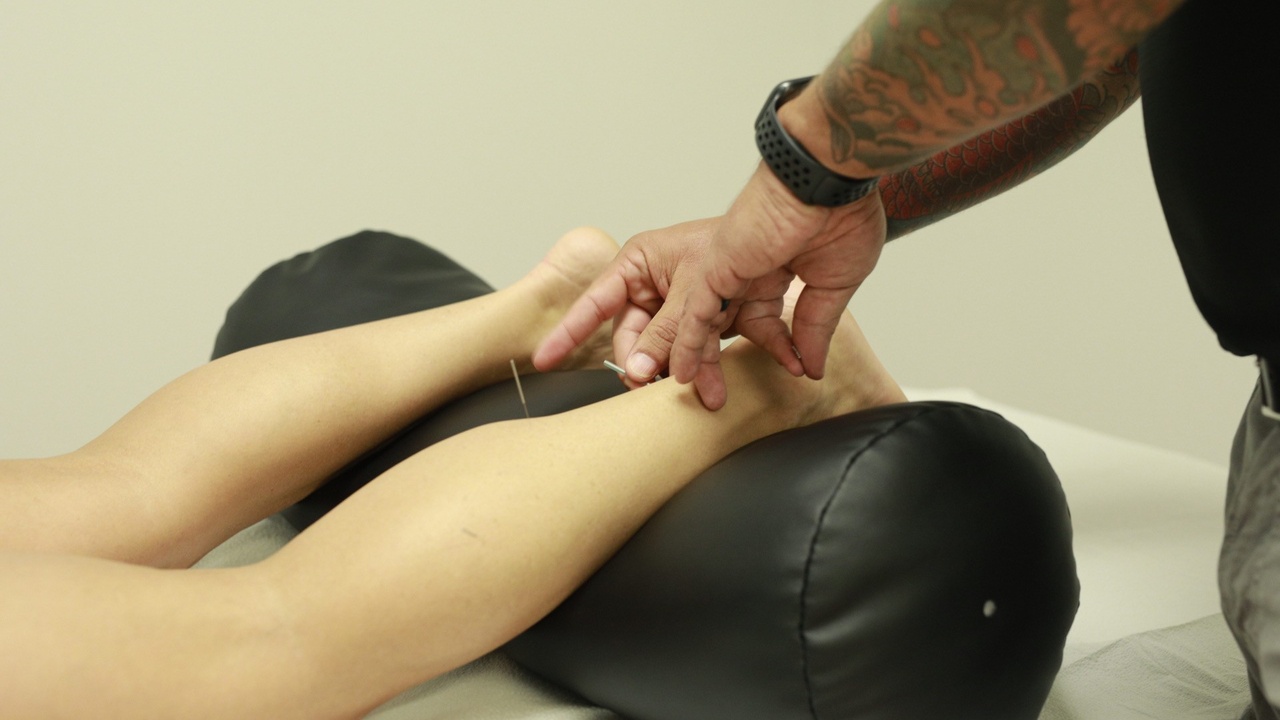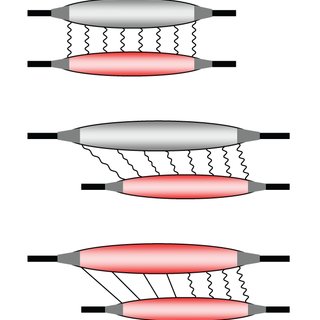
Systems Theory and TCM
Systems Theory and TCM
A love of systems is what led structural bodyworker, Douglas Bertram, L.Ac. MTCM (self proclaimed fascia nerd) to study Acupuncture and Chinese Medicine. “It’s all connected, all of it, it is one big balancing act of the push and the pull.” It is the same love of systems that led him as an Acupuncturist to become the CEO and Founder of the education platform, (se)® Connect and Franchisor of Structural Elements® Orthopedic Wellness Clinics.
You will rarely find him reading pulses or looking at tongues, nor does he commonly use herbs is his practice. Instead, he has mastered the use of palpation and observation of structural imbalances to identify what he refers to as the “number pattern”, of systemic focal adhesions. He correlates these patterns with both imbalances of the internal organs as well as the product of mechanical stress. Having studied massage and myofascial release at the age of 18, it is no surprise that he looks at meridians as fascial planes and sees the correlation of acupuncture points with clefts between muscle layers. “Postural compromise, structural imbalances and repetitive movements are the cause of changes in the glide of one muscle past its neighbor. Add to that metabolic factors that cause inflammation or dryness to the connective tissue and you have all the theory of TCM applied to how this incredible fascial system functions.” By using the fascia as his framework, restoring balance to the structure of the body has created lasting change to both orthopedic and metabolic function for his patients. “Tensegrity, a term that results from balancing compression and tension elements is the Yin and Yang of Structural Elements®. The differences are in the anatomical understanding of connective tissue and value placed on addressing the global alignment of the body. Other than that, it comes down to using different terminology.”
He loves the language developed by Acupuncturist Helene Langevin, M.D., who was sworn in as Director of the National Center for Complementary and Integrative Health (NCCIH). Langevin served as director of the Osher Center and professor-in-residence of medicine at Harvard Medical School since 2012. She also previously served as professor of neurological sciences at the University of Vermont Larner College of Medicine, Burlington. Dr. Langevin’s research interests have centered around the role of connective tissue in chronic musculoskeletal pain and the mechanisms of acupuncture, manual, and movement-based therapies. She proposes the chart below as a translation of terms when trying to look at TCM from a Structural, connective tissue perspective.
Meridians: Connective tissue planes.
Points: Convergence of connective tissue planes.
Meridian qi: Connective tissue biochemical/bioelectrical signaling.
Blockage of qi: Altered connective tissue matrix composition leading to altered signal transduction.
Langevin is also responsible for the research of the Role of Connective Tissue in Needle Grasp. As seen in the diagram below, she demonstrates the mechanical coupling between the needle and the connective tissue. With each additional turn of the needle greater tissue winding is seen.

Langevin HM, Churchill DL, Cipolla MJ. 2001a. Mechanical signaling through connective tissue: A mechanism for the therapeutic effect of acupuncture. FASEB J 15: 2275–2282.
By balancing the tension at multiple sites of adhesions, restoration of proper glide of one muscle past its neighbor is restored. While an understanding of the connective tissue and its mechanisms are critical, finding the focal adhesions is the challenge. It is the mapping of where these adhesions form systemically that I believe is Doug’s biggest contribution to the field. The number pattern is the missing link.

Figure 4 Drawings to illustrate length changes of connective tissue linkages between passive (grey) and active (red) synergistic muscles. Changing the length of one muscle results in reorientation as well as unfolding of those linkages. Unfolding is also seen with coactivation. Such straightening of macroscopic crimp in collagen fibrils is correlated to the toe region of the stress-strain curve [35]. Modified from Maas and Sandercock [28].
Written by: Luke Laga, L.Ac
Chief Brand Officer, Structural Elements®
Read a similar blog post:
Fascinating Fascia and How it Supports You
Introduce Patients to the Benefits of Dry Needling
Stay connected with news and updates!
Join our mailing list to receive the latest news and updates from our team.
We hate SPAM. We will never sell your information, for any reason.


